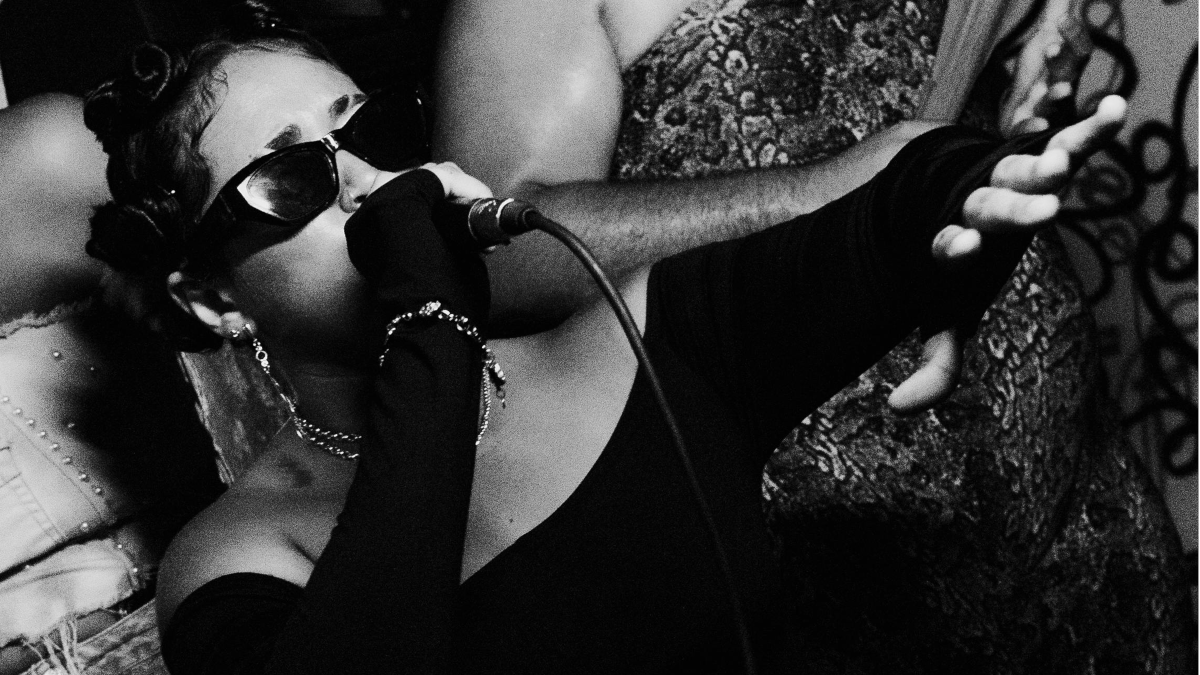In Better Brand Health Professor Magda Nenycz-Thiel and I discuss the difference between ‘owning’ and ‘renting’ prominence, when trying to stand out in retail contexts. Here, I discuss how when marketers employ influencers, celebrities or other vehicles to promote the brand, they are similarly ‘renting’ their fame. Given the growth in activities in this sector I think it is timely to reflect on the risks associated with ‘renting’ fame from someone or something else.
What does it mean to rent ‘Fame’?
‘Renting’ fame involves partnering with a more well-known entity to boost your brand’s visibility among a target audience. This could mean collaborating with an influencer, celebrity, or a major event like the upcoming Olympics. The goal is to leverage the established fame of the other entity. However, this renting of another’s fame comes at a cost, and so its worthwhile to consider the risks to achieving a favourable outcome.
Beware the attention vampires
In a previous column, I discussed the vampire effect, where celebrities draw attention away from the brand. This happens because celebrities have established memory networks in buyers’ brains, making them feel familiar and attracting more attention. Influencers, who category buyers regularly follow, also have extensive memory networks, making them appear more like friends than strangers. Consequently, when your brand partners with these influencers, you risk the vampire effect, with more attention going to the influencer than the brand.
What brand memories are you building?
‘Renting’ fame is like a staying in an Airbnb. For a short period of time you reside in someone else’s home, so you can’t just change the furniture and fittings to suit your own tastes.
Our research into co-advertising shows that when two brands share an ad, typically only one is remembered — the one that owns the context (see Nguyen et al, 2018). Ensuring your brand is a memorable part of the experience is crucial to success, but this memorability needs to be achieved even when the influencer or event dictates the context.
Remember the priority of the host is to keep their property value up in order to attract the next tenant or to eventually sell. While this incentivises them to get results for your brand, the desire to keep their own style may limit the extent they are willing to go to achieve these results. This can limit the type of messages you can build.
How do you own Fame?
When I think of Fame, I think of building brand memories that are known by all category buyers and are useful for the category buyer and therefore the brand. There are two important contexts for this, both of which are made harder by the presence of a second brand, and its network of associations:
- Distinctive Assets — which are the sensory non-brand name elements that are linked to the brand. This involves building the link from the Distinctive Asset to the brand name. The more famous the brand is for its Distinctive Assets, the greater the ability to stand out in media and sales environments. ‘Renting’ fame from another brand makes it hard to build or use Distinctive Assets.
- Category Entry Points — which are the thoughts that buyers have that are used to think of options to buy. This involves building the link between the CEP and the brand name. The more widespread the brand’s CEPs, the greater the chance the brand will come to mind in buying situations. ‘Renting’ fame from another brand means the presence of other brand associations that make it harder to get your message built or refreshed in category buyer memory.
So I question whether either of these types of brand associations are best built while standing in someone else’s spotlight, when the alternative is to light your own candle? It might be that the potential reach makes it worthwhile in the short term, but don’t let this be at the expense of building the brand for the long term.
Featured image: Matheus Rodrigues / Pexels
Additional readings
Caruso, William, Armando Maria Corsi, Svetlana Bogmolova, Justin Cohen, Anne Sharp, Larry Lockshin, and Pei Jie Tan (2018), “The Real Estate Value of Supermarket Endcaps: Why Location In-Store Matters,” Journal of Advertising Research 58 (2), 177-88.
Nguyen, Cathy, Jenni Romaniuk, Margaret Faulkner, and Justin Cohen (2018), “Are two brands better than one? Investigating the effects of co-branding in advertising on audience memory,” Marketing Letters, 29 (1), 37-48.
Romaniuk, Jenni (2023), Better Brand Health. Australia: Oxford University Press.
Romaniuk, Jenni (2018), “Core Metrics – Fame,” in Building Distinctive Brand Assets, Jenni Romaniuk, ed. South Melbourne, Victoria: Oxford University Press.
Romaniuk, Jenni and William Caruso (2018), “Building Physical Availability with Distinctive Assets,” in Building Distinctive Brand Assets, Jenni Romaniuk, ed. South Melbourne, Victoria: Oxford University Press.

